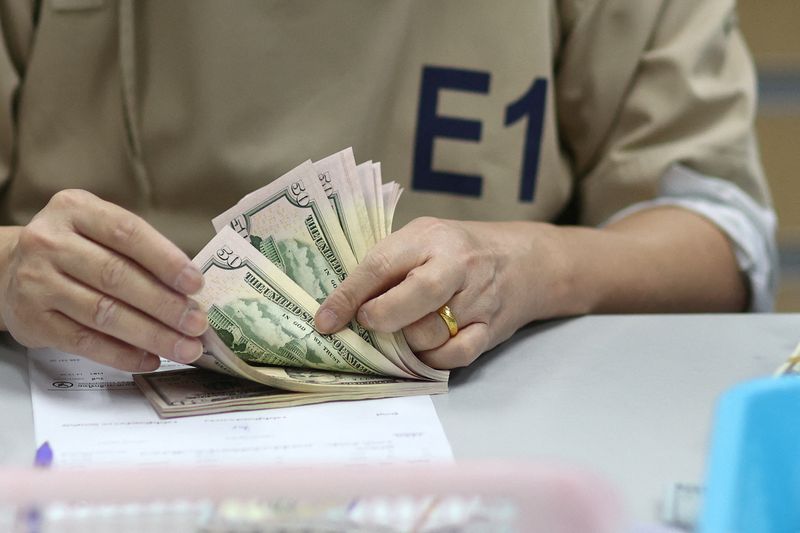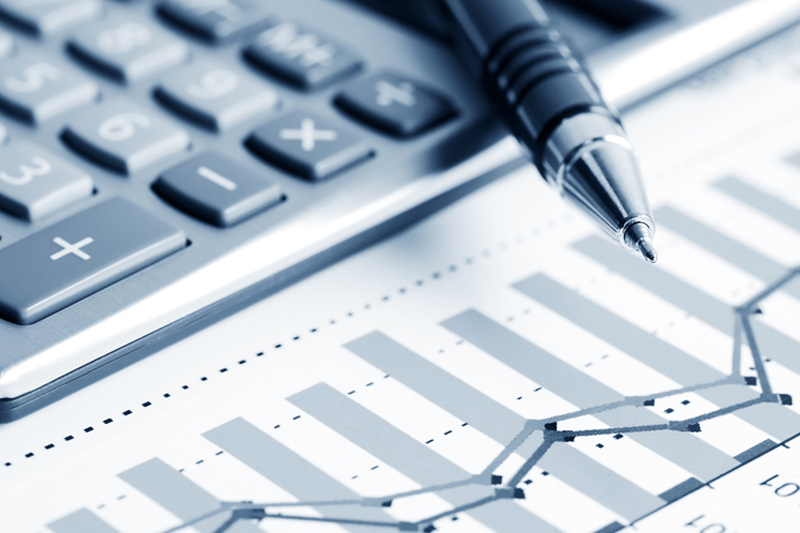By Chuck Mikolajczak
NEW YORK (Reuters) -The U.S. dollar fell in choppy trading on Monday after conflicting reports about how aggressive President-elect Donald Trump’s tariff plans could be if he takes office.
The dollar fell as much as 1.07% against a basket of major currencies during the session after the Washington Post reported that Trump aides were exploring plans that would apply tariffs to any country — but only on sectors considered considered critical to U.S. national or economic security. allaying concerns about heavier and broader levies.
The dollar then fell sharply after Trump denied the report in a post on his Truth Social platform.
“The reality here is that Trump’s Truth Social views will drive currency volatility for a while and (Monday) morning’s reaction is indicative of the underlying dynamics,” said Karl Schamotta, chief market strategist at Corpay in Toronto.
“The market consensus is that Trump’s bark will be worse than his bite, and any news that confirms that concept is fuel for a rally in risk assets and a decline in dollar and Treasury yields, but the reality here is that downside risks remain. and there is no clear end point for that,” Schamotta added.
The , which measures the dollar against a basket of currencies, fell 0.64% to 108.26, while the euro rose 0.76% to $1.0386. The dollar was on track for its biggest daily percentage decline since November 27, while the euro was poised for its biggest daily gain since August 2.
The dollar index hit a two-year high of 109.54 last week on track for its fifth straight weekly gain as the resilient economy, the potential for higher inflation from rates and a slower pace of Federal Reserve interest rate cuts pushed the dollar have supported. .
The 0.16% rose against the dollar to 7.348 per dollar. The dollar hit a 26-month high against the currency last week as China is seen as one of Trump’s top tariff targets.
Also helping the dollar’s decline were comments from Fed Governor Lisa Cook, who said the Fed can afford to be cautious about further rate cuts given the economy is on solid footing and inflation is more persistent than expected.
Several Fed policymakers are scheduled to speak this week, likely echoing recent comments from other Fed officials that there is still a need to combat persistent levels of inflation.
The euro, which last week hit its lowest level since November 2022, strengthened after German annual inflation rose more than expected in December, preliminary data showed.
“There is a window there for a possible 2%, 3% or 4% correction in the dollar index that could occur in the near future, but we need a stronger sense that the European economy is doing a little better, so we see a further rise in European interest rates, or a further moderation in expectations on rates to achieve that,” said Shaun Osborne, chief FX strategist at Scotiabank (TSX:) in Toronto.
U.S. economic data shows new orders for U.S.-made goods fell in November, while corporate spending on equipment appeared to have slowed in the fourth quarter.
Against the Japanese yen, the dollar strengthened 0.17% to 157.53, while sterling rose 0.72% to $1.251.

Investors will gauge a series of data on the U.S. labor market this week, culminating in Friday’s key government payrolls report.
The Canadian dollar strengthened 0.74% against the greenback to C$1.43 per dollar after Canadian Prime Minister Justin Trudeau said he would step down as leader of the ruling Liberals next month.


